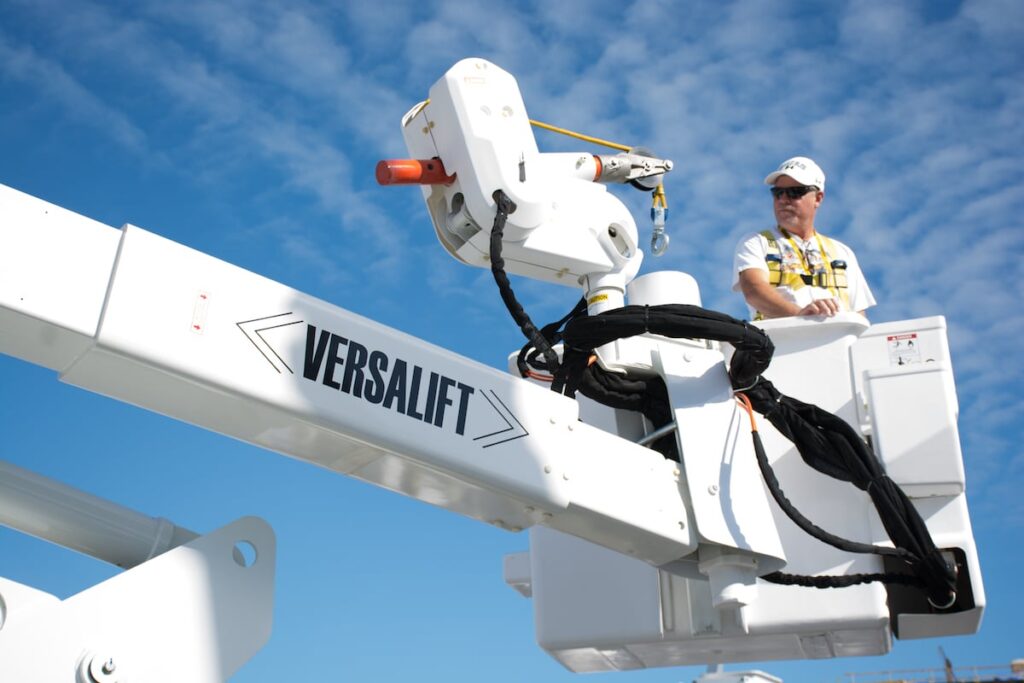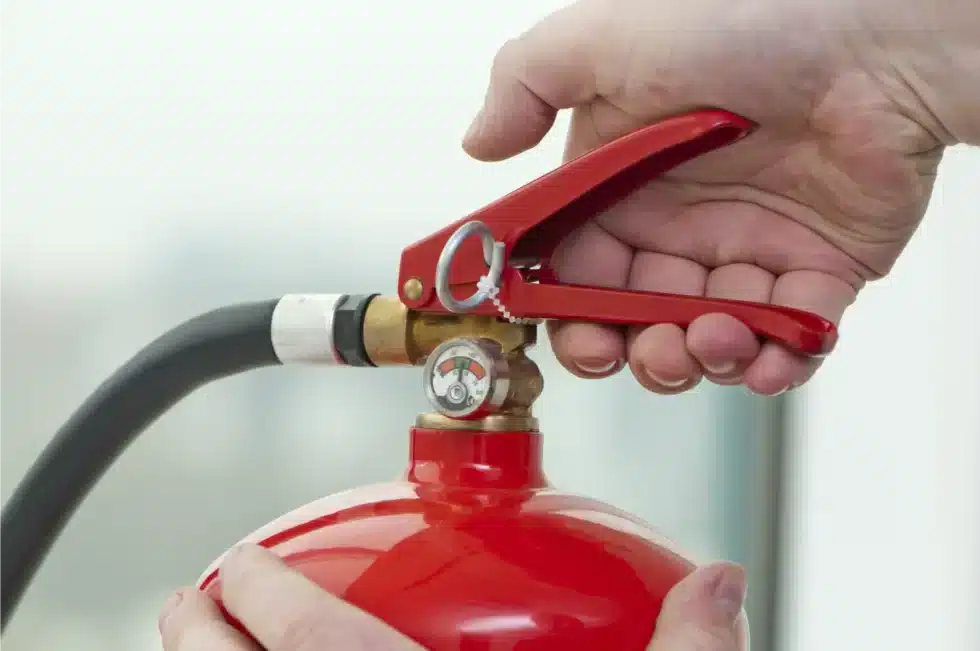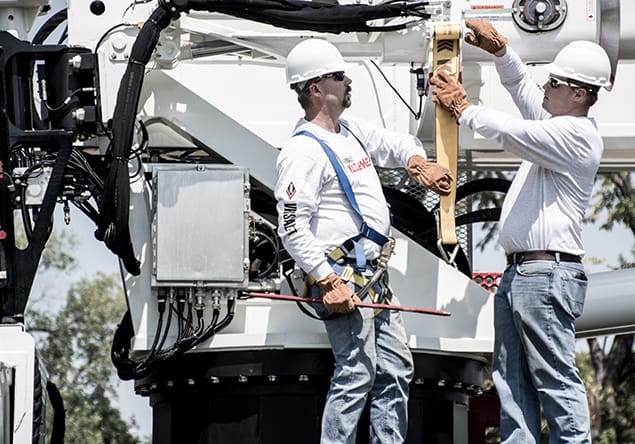Following best practices and complying with industry regulations, such as those from ANSI or OSHA, not only prevents accidents but also improves overall productivity.
Neglecting safety not only puts lives at risk – it can lead to costly downtime, regulatory penalties, and long-term damage to your company’s reputation. In this post, we provide a detailed overview of the most important safety measures for operating utility trucks effectively and responsibly.
Before putting a utility truck to work, it is crucial to perform thorough pre-operation checks. This ensures the vehicle is in safe working condition and ready to handle the day’s tasks.
Want to catch issues before they become problems? Read our regular inspection checklist and keep the work running safely and smoothly.
Inspection of utility trucks and assessing the workplace is one thing – but it is of course critical that only properly trained operators are behind the controls.

Only qualified personnel should operate utility trucks. Proper training reduces the likelihood of operator error and ensures efficient use of equipment.
Regular refresher courses and hands-on training are recommended. But even with the right training in place, maintaining safety during active operations requires strict adherence to best practices on the jobsite.
Once on the job, utility truck operators must follow structured safety protocols.
For additional recommendations about safety, see our article on Safety Guidelines for Aerial Lift Use: Protecting Your Team
Following structured procedures helps minimize risks during operation – but personal protective equipment (PPE) is equally essential for safeguarding workers against unforeseen hazards.

Operators and crew should wear PPE suited to the task and jobsite environment.
Learn more about our operational best practices about PPE in our blog post Safety Tips for Operating Bucket Trucks.
While PPE offers vital protection, emergency preparedness ensures your team knows exactly how to respond when unexpected situations arise.
No matter how thorough your planning, emergencies can occur. Preparation is key to minimizing harm and ensuring a coordinated response.
Proactive emergency planning must be matched with consistent maintenance to ensure that utility trucks remain safe, compliant, and fully operational day after day.

Safety begins with reliable equipment. Ongoing maintenance is essential for preventing breakdowns and ensuring safe operation.
Looking to streamline your inspection process to keep your fleet reliable and compliant? Follow our Maintenance Tips for Utility Trucks to strengthen safety and extend vehicle lifespan: Maintenance Tips for Utility Trucks.
Operating utility trucks safely requires a combination of operator training, thorough inspections, proper PPE, and emergency planning. By following best practices and staying up to date with regulations, utility fleets can significantly reduce the risk of accidents and improve overall efficiency.
Looking to strengthen your fleet’s safety practices?
Contact the experts at Versalift today to learn how our industry-leading utility truck solutions and safety support can help your team operate smarter, safer, and more efficiently.
Explore related posts to learn more about Versalift’s products, customer stories, industry updates, and how we support essential infrastructure through innovation and service.
Advanced safety features like TruGuard™ and SlopeMax.
Our QA247 is the foundation of every product we assemble.
Heavyweight Performance – Best in class payloads and lighter chassis options.
We design our products with easy maintenance in mind.

Have questions about our bucket trucks or need help finding the right solution? Fill out the form below, and a member of our team will get back to you shortly.